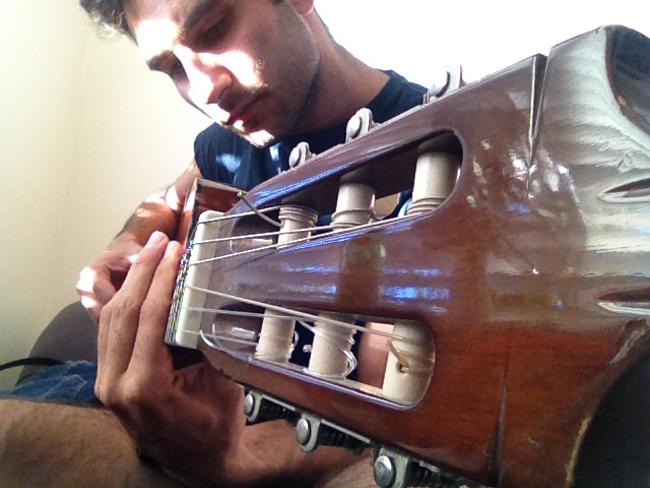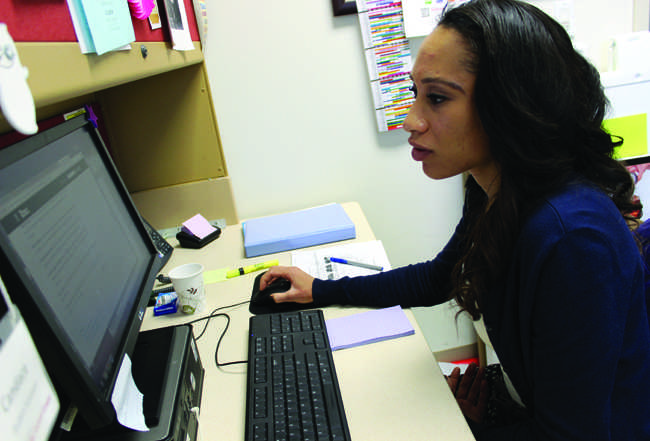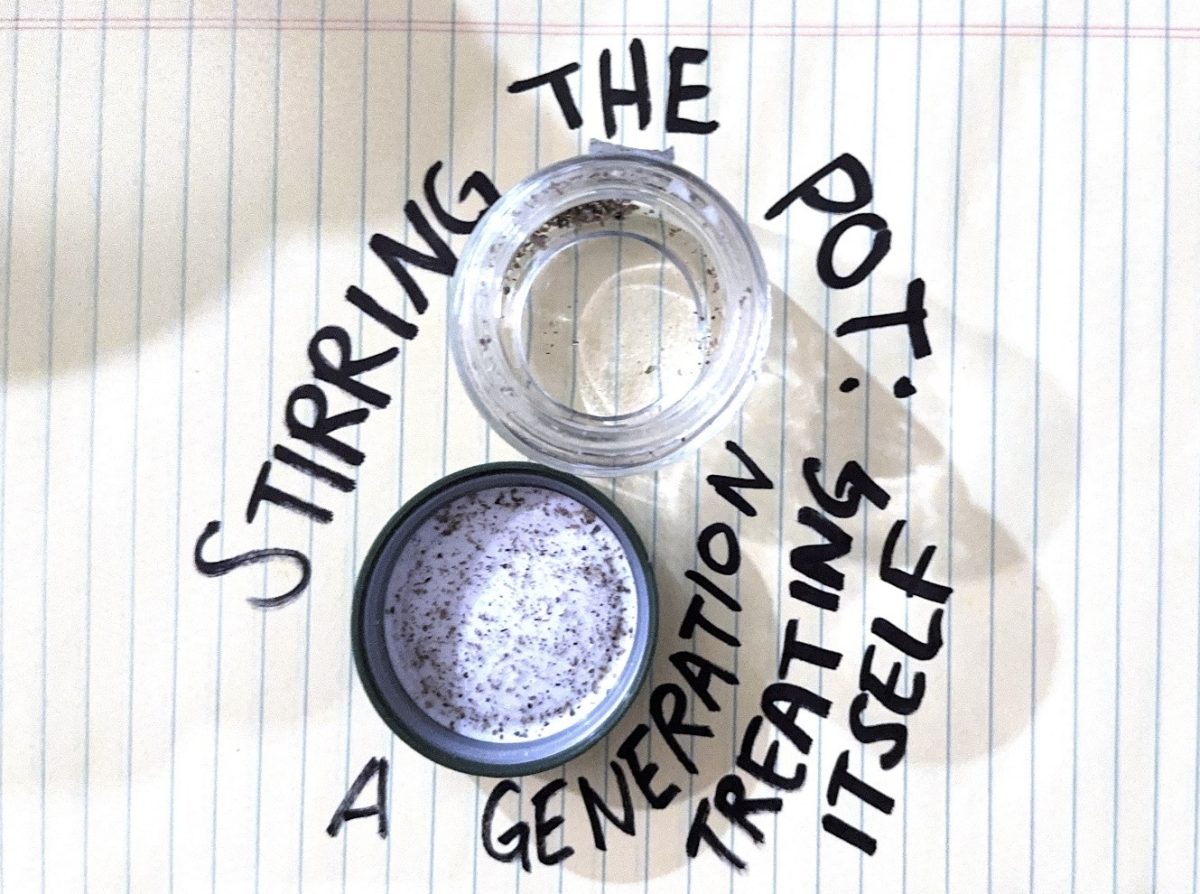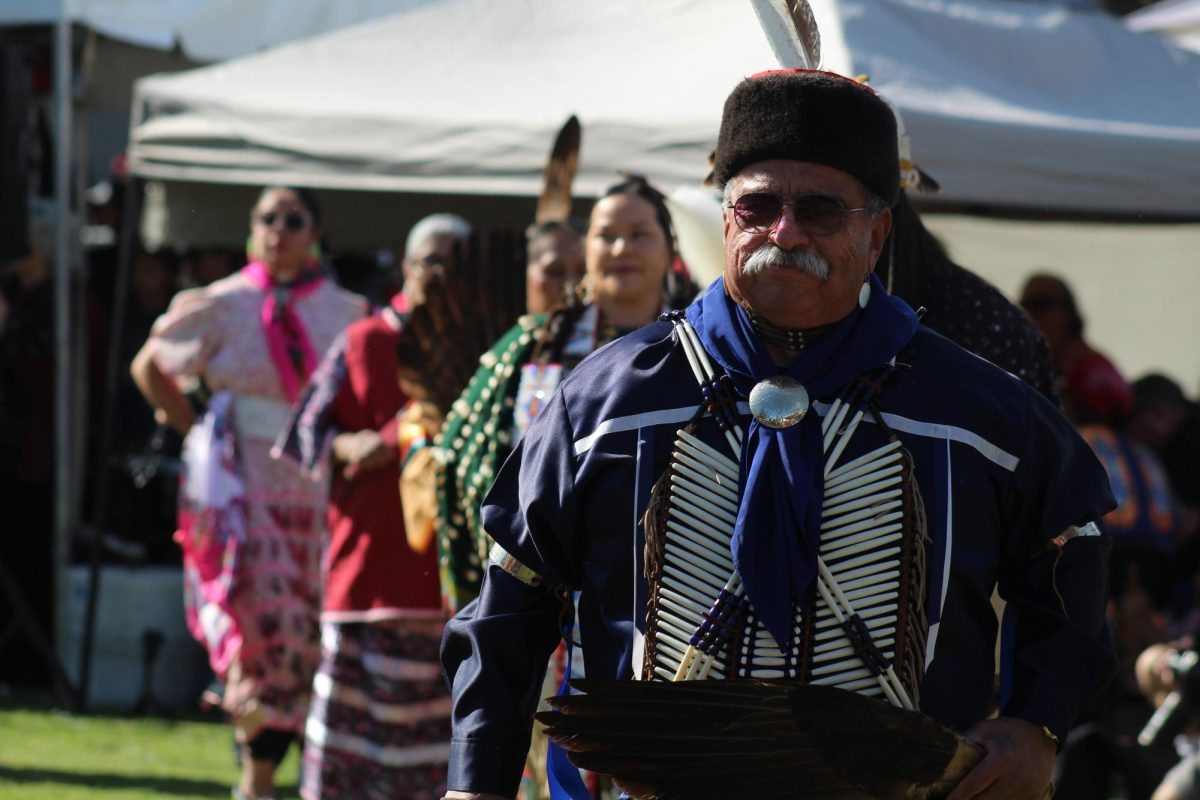
Thirty years ago, the average college student would be able to pay for tuition and books by working a minimum wage job in the summers or by getting a part-time position during the school year. In today’s economy, that isn’t enough for many students who are paying their way through college.
Even with help from parents and financial aid resources, more students are having to seek alternative sources of income to pay for college. Some students have to work two or three part-time jobs in addition to going to school.
The cost of tuition for public universities has increased much faster than minimum wage. After the economic crash in 2008, students have been receiving less financial support from their parents. Also, due to more competition in the job market, students are expected to have more on their resumes in terms of internships, volunteer hours and related work experience.
Senior biology major, Nin Vartanyan, juggles multiple jobs with a full-time course load. She is a pharmacy technician at CVS and teaches a trade school pharmacy technician class. Ultimately, she wants to go to pharmacy school so her jobs are directly related to her career path.
“I’ve been doing this two job thing for about five months now,” Vartanyan said. “First, I didn’t plan on it but I ended up realizing that it wasn’t as difficult as I thought it would be.” After working out her schedule with her boss Vartanyan went from working 32 hours a week to 16.
For Vartanyan, the biggest struggle she’s faced when it came to balancing work and school was managing her time. She said that making time for everything, from homework assignments to having a dinner with her boyfriend, is essential.
“There have been times when I study in my car,” Vartanyan said. “I know it sounds silly but you just need to make time.”
Some students faced similar struggles while trying to maintain two jobs, in addition to completing their schoolwork.
Graduate history student, Candace Linton, has been a teaching assistant for two years, for CSUN history professor, Thomas Maddux. She explains the valuable experience she receives when teaching in front of a class, which fuels her desire to become a history professor.
“I not only grade their midterms and finals, but I also get to interact with them in a discussion section outside of the lecture for an hour,” Linton said. “I’m lucky to have this opportunity.”
While Linton took her first job to gain some career-related experience, she also needed to supplement her income with a second job.
“I took the Career Center job because, although I loved the TA job, I do not get paid for it,” said Linton. “I consider the Career Center to be like a second family.”
Many students take on more work hours simply to finance their education. Saul Vallejo, a senior criminal justice major, balanced a job and an internship while going to school full-time.
“I was the least sleep I ever had in a semester,” Vallejo said. “It was a huge struggle.”
For whatever the reason, students are put under more pressure to add to their already substantial workload. They could be entering a job field that expects them to have more experience, or economic strain is making them work more hours to make ends meet. If the economy doesn’t take a huge turn, this might be the model that future college students will have to follow.
With the holidays approaching, students also carry the burden of fitting in school and work with valuable holiday time. While the holidays are meant for catching up with family and friends, many students spend this time rushing back and forth between work and school.
As stores start their holiday sales some shoppers use extreme tactics, such as camping out in front of store entrances, to beat the crowds looking for the perfect gifts. This means that students who work in retail have their work cut out for them, sometimes working past midnight.
Senior art student, Courtney Tomey, is an employee at women’s clothing store, White House Black Market, and she was optimistic about working Black Friday this year.
“I [wasn’t] nervous about this year because as a rule we have all hands on deck,” said Tomey. “I worked it once last year. It was actually very organized.”
For those who depend on a job during the school year for financial support or to gain work experience, working through the holidays and in-between classes are just a few of the obstacles these students have to face.
Edward Chamourian, 25, film graduate currently has three jobs, while working on receiving his TESOL certificate from CSUN. He knew that his job at CSUN as a student assistant was ending so he wanted the safety of other jobs available to him.
What started off as a volunteer position at Pars Equality Center, a program that offers social and legal support to refugees and immigrants from Iranian American community, ended up as a teaching job.
“They come here and they don’t speak any English,” said Chamourian. “Anyone in that program who wants to learn English can come to my class and I teach them.”
Chamourian uses these skills to teach guitar at the Granada Hills High School after school program. He explains that the most challenging problem is managing his time but offers advice on how to effectively get through tasks that might seem daunting at times.
“The one thing that has always helped me is I had a wind of just hold on for another semester and then I can get through it,” said Chamourian.
“Take a deep breath, try to be calm, relax and just do it.”






